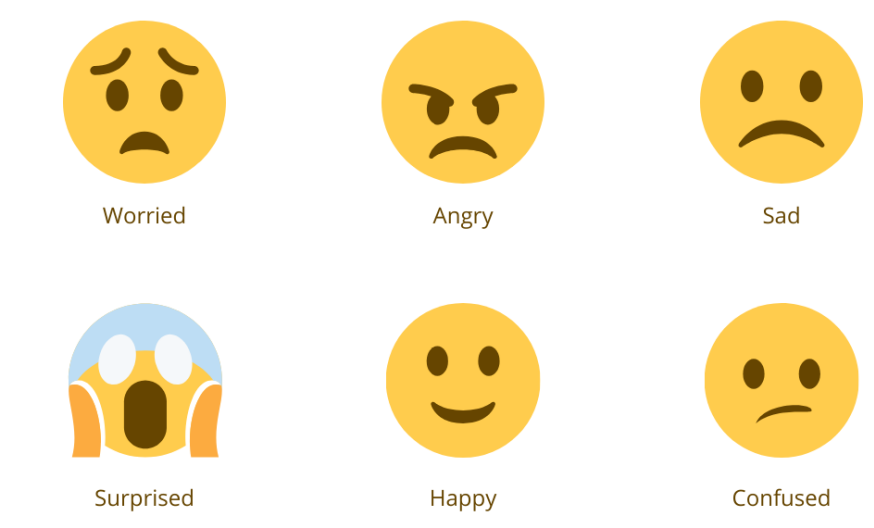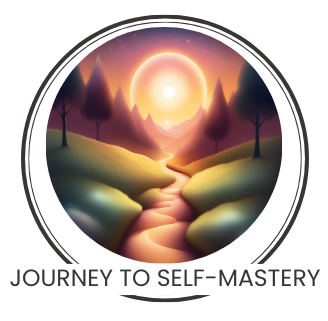Emotions, right? Those tricky little feelings running the show behind the scenes. Whether it’s a burst of joy or a wave of sadness, emotions play a key part in how we react to life. They’re the colors on the canvas of our everyday experiences.
Why do emotions matter so much? Well, they guide our choices, influence our behaviors, and drive our interactions. From taking a spontaneous road trip with friends to making a major career decision, emotions are at the heart of what we do.
Being able to recognize and understand what we’re feeling isn’t just some mystical self-help mumbo jumbo. It’s crucial for building strong personal and professional relationships. Emotional awareness helps us communicate better and equips us to handle conflict more effectively.
Now, you might wonder how recognizing your own emotions could help at work, right? Let’s say you’re stressed. Acknowledging that stress can stop it from turning into frustration with a colleague or a knee-jerk reaction in a meeting. This awareness is the first step in managing how these emotions impact your work and life.
So, let’s jumpstart this journey for you. By peeling back the layers of emotional understanding, you’re setting the stage for better self-awareness, improved decision-making, and a more fulfilling life both at work and at home.
Identifying Your Emotions: A Step-by-Step Guide
Emotions can sometimes feel like a tangled web, hard to navigate and even harder to understand. So, how do you get a grip on what you’re actually feeling? It’s about breaking it down into manageable steps.
One super effective tactic is tuning in to your body. Those physical cues like a racing heart, butterflies in your stomach, or tightened shoulders? They’re not just random. They’re your body’s signal system telling you exactly what’s going on emotionally. Listening to these signals can be the first step in decoding your feelings.
Now, here’s a little secret: naming your feelings is a game-changer. When you identify what you’re feeling and put a label on it—anger, joy, frustration—it takes away some of the power the emotion has over you. It’s like shining a light into a dark room; suddenly, everything’s a lot clearer.
Another handy tool is reflection. Setting aside some ‘me-time’ each day to think about your emotional experiences can work wonders. Whether it’s through journaling or just finding a quiet spot to collect your thoughts, self-reflection allows you to map your emotional journey and understand the ‘why’ behind your feelings.
Finally, mindfulness practices like meditation or deep breathing exercises help center your thoughts. These practices bring a sense of calmness and clarity, making it easier to recognize and categorize what you’re feeling. Regular mindfulness exercises can gradually enhance your emotional awareness.
Putting these steps to use helps transform those mysterious feelings into something you can control and understand better. Remember, each step takes a bit of practice, but with time, you’ll find the emotional clarity you’re looking for.

Barriers to Emotional Recognition
Ever feel like your emotions are speaking in tongues you just can’t understand? You’re not alone. Sometimes the emotional fog can get pretty thick, making it tough to pinpoint what we’re really feeling.
One big hurdle is the fast-paced life we live. With everything rushing by at lightning speed, there’s barely any time to stop and feel. It’s all too easy to just glide over emotions without even realizing they’re there.
There’s also the cultural baggage—’toughen up,’ ‘shake it off.’ These kinds of messages often teach us to ignore emotions rather than acknowledge them. Breaking free from these patterns can be tough, but it’s necessary for emotional growth.
Fear plays a sneaky role too. Let’s be real, confronting feelings like fear, sadness, or anger isn’t a walk in the park. Sometimes we’re scared of what we might find when we start digging into our emotions. But remember, understanding what’s bothering you can be incredibly freeing.
For many, there’s a huge misconception that emotions are a sign of weakness. This belief can stop people from engaging with their emotions, but in reality, recognizing and accepting them shows incredible strength.
To bust through these barriers, try normalizing emotional check-ins. Simple actions like regular self-assessments or discussions with a trusted friend can help. By facing these challenges head-on, you’ll start navigating through your emotional landscape with way more confidence.
4 Steps to Mastering Emotional Recognition
First up, acknowledging the swirl of feelings seems simple, but it’s crucial. Spend a moment checking in with yourself several times a day, like when you’re waiting for your coffee to brew. This regular check-in builds the habit of recognizing emotional shifts.
Next, jotting down what’s on your mind in a journal works wonders. The simple act of writing can clarify what’s happening inside that noggin of yours. Even if it’s just scribbling a word or two about how you’re feeling, that’s a step toward greater emotional insight.
When you’re hit with intense emotions, engaging in some self-talk can be really effective. Start by asking yourself questions—like ‘Why do I feel this way?’ or ‘What triggered this emotion?’ Answering these gets you to the root of the feeling and helps dissect it.
Let’s not forget reaching out to professionals or joining workshops designed for emotional discovery. These resources provide techniques and support from people who know their stuff. Engaging with experts gives you access to strategies and perspectives that might not have crossed your path otherwise.
Be patient with yourself. Like any other skill, mastering emotional recognition won’t happen overnight. But with these steps in place, gaining a deeper understanding of your emotions isn’t just a pipe dream—it’s totally within reach.
Implementing Emotional Intelligence in Everyday Life
Now that we’ve cracked the code on understanding your emotions, it’s time to put that knowledge into action. Ever found yourself in a chat that took a left turn because you or the other person got emotional? Recognizing and managing these moments can transform communication.
Start small. Embed emotional awareness in your daily routine without pomp and circumstance. Acknowledge your feelings during mundane tasks like prepping a meal or commuting. It’s about making emotional recognition second nature.
Relationships, man—whether it’s with friends, family, or colleagues, emotions often rule the roost. By applying what you’ve learned, you can handle situations with more empathy and less friction. Listening actively and responding thoughtfully turns potential conflicts into constructive dialogues.
Emotionally aware people often find they’re more adaptable. Life throws curveballs, but when you recognize and manage your emotional response, those curveballs are less likely to knock you off your feet. Whether it’s unexpected challenges at work or surprises at home, a clear head focused on resilience makes all the difference.
Every emotional encounter is an opportunity for growth. By regularly engaging with your emotions, you’ll foster a better understanding, leading to improved relationships and a more fulfilling life. It’s all about the journey to becoming a more emotionally intelligent you.
